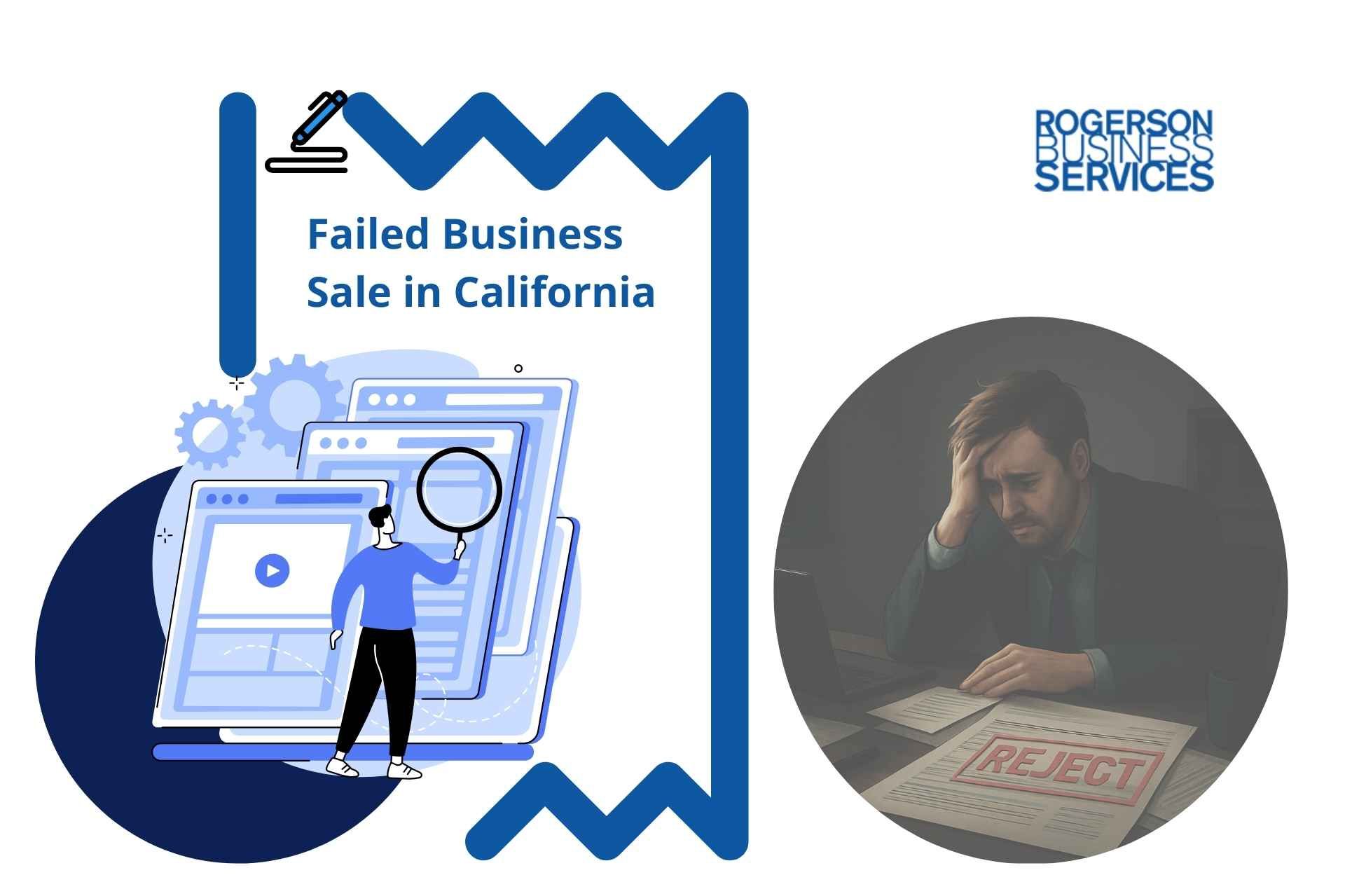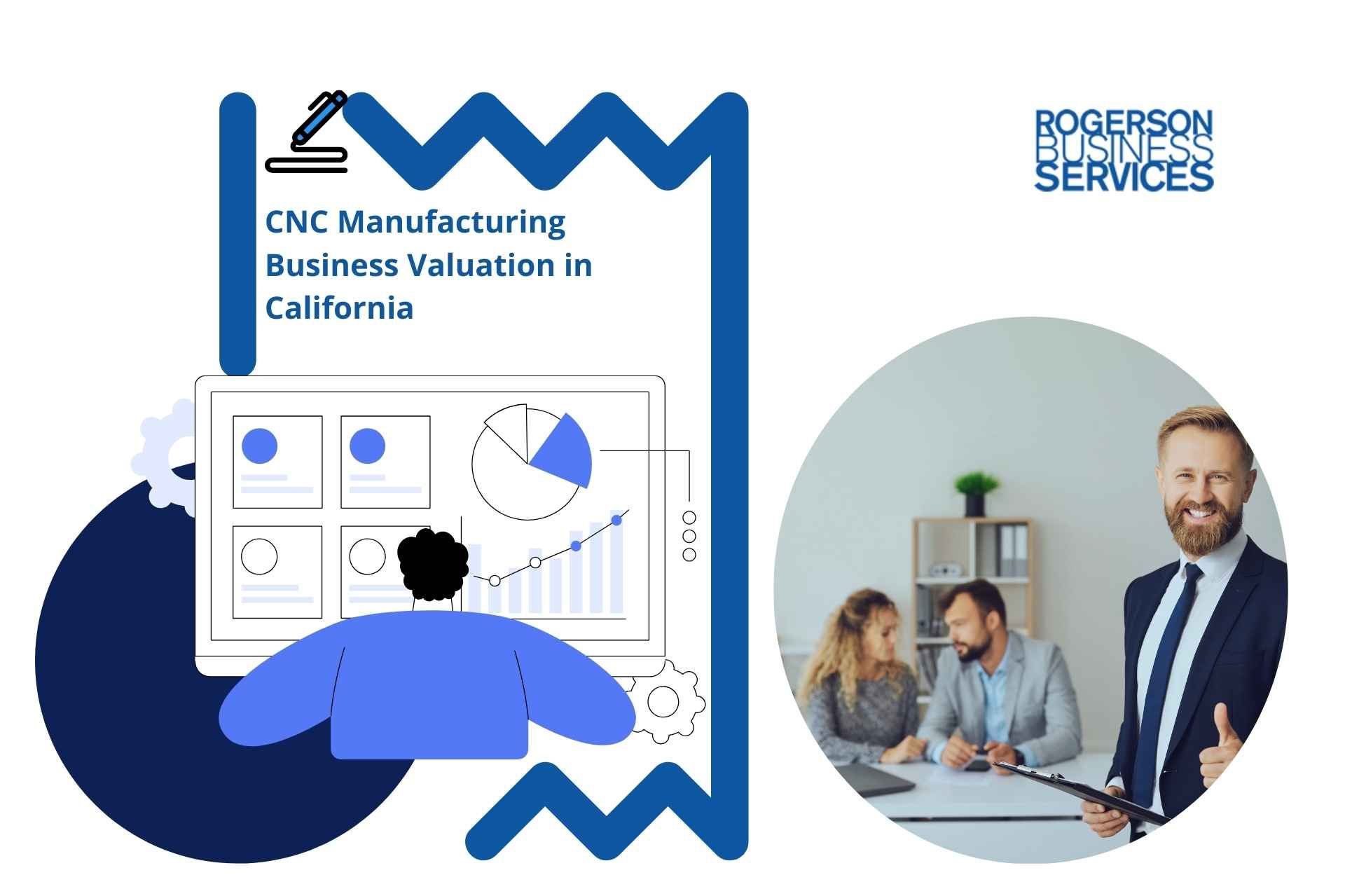6 Reasons Why Selling Your Business On Your Own Is A Mistake
Why selling a California business on your own is a mistake?

There are a multitude of reasons why a California lower middle market business may realize less than its desired sales price… The most basic of these is that a buyer doesn’t assign the business the same value as the seller. Selling your business on your own is a mistake!
Let’s look at some common company characteristics that cause buyers to downgrade value— and ways to address them before you start the sales process.
6 Reasons why not to sell a lower middle market business in California on your own
1. You own a business that’s disproportionately dependent.
Like having all your eggs in one basket, your company shouldn’t be significantly dependent on any one customer, employee, or vendor. The consequences of this scenario are a potential drop in revenue dip if a key employee unexpectedly quits, your main supplier goes out of business, or a customer leaves you for a competitor. Experts like California-based M&A Advisor Andrew Rogerson advise that no more than 10-15% of revenue should be derived from one person or source.
2. No growth strategy.
Buyers are interested in businesses that can show a foreseeable path for growth. As a California lower middle market business seller, you must be proactive in seeking out growth opportunities exist and communicating to a new owner how to take advantage of them. Back up your M&A growth strategies and show how the company can execute on them. This might include a list of potential acquisitions or provide your thoughts for new geographic markets or customer segmentation. Demonstrate that your resources are secured to support increased demand in the event that the new owner elects to go with your M&A growth strategies.
3. Your company has little to no cash flow.
Simply put, the more cash you generate above and beyond your working capital requirements, the more your company will be worth. If a buyer has to invest considerable working capital into your company, they’ll be less inclined to pay you top dollar for the company. Two methods of increasing cash flow are: (i) accelerating accounts receivable; and (ii) extending accounts payable. To accomplish faster accelerating accounts receivable, you can motivate customers to pay early with discounts and to take as many forms of payment as possible to offer greater flexibility to your customers. You may be able to extend accounts payable by negotiating terms to extend payment deadlines to suppliers or vendors or electing to pay regular installments rather than annual fees to keep more cash on hand. One more reason why selling your business on your own is a mistake – Andrew can help you adjust your cash flow.
4. No recurring revenue.
Tech and software companies can receive high multiples, especially those with subscription-based revenue models. Buyers will pay a premium for the ability to secure predictable future revenue. A subscription (recurring revenue model) is a widely-accepted strategy for those companies with repeat customers and products or services that are consumed over time, like media and software.
5. You’re in a commoditized business.
Buyers are attracted to businesses that are differentiated, and companies should concentrate on creating barriers that keep competitors and new entrants to the market from grabbing your share of business. If you are a highly commoditized business, you must compete on price: the less pricing authority you have, the less money you can make. And if you are making less money, you have less to invest in growing the business. Research shows that companies that work on creating this level of authority in their market can increase their multiple by a full turn over the average lower middle market business.
6. Your business can’t succeed without you.
This is the last of 6 reasons why selling your business on your own is a mistake. When you leave your company, the business buyer will devote his or her energies to the talents and competencies of your team. If you want to get your best sale price, you must show that the business can not only be sustained—but thrive—with the new owner. Given the likely learning curve of a new owner, he or she will need the support of the existing deal team for a successful transition.
Contact an M&A Advisor
Selling your business on your own is a mistake. Don’t downgrade the value of your business. Work with an experienced advisor to address these issues with your company before you sell.
Andrew Rogerson specializes in helping California lower middle market business owners sell their business. Get a free 127-point Business Transition Checklist, feel free to download the PDF file.
Hiring Rogerson Business Services can go a long way in helping you create an extensive market for your company. A business advisory firm can also provides you with all the information you need, including how much taxes you have to pay during the selling process.
If you are a retiring business owner looking to exit your lower middle market business in California, here are five tips to get you started:
1. Don't wait until the last minute to start planning your exit. The process of selling a lower middle market business can take a long time, so it's important to start early.
2. Have a clear idea of what you want to get out of the sale. Know your goals and what you're willing to negotiate.
3. Choose the right type of buyer. Not all buyers are created equal, so do your research and find the right one for your business.
4. Be prepared for a lot of due diligence. M&A buy-side due diligence is when buyers will want to know everything about your business, so be ready to provide documentation and answer questions.
5. Be flexible with the terms and conditions of the deal. It's important to be open to negotiation to get the best possible deal for your business.
Rogerson Business Services, also known as, California's lower middle market business broker is a sell-side M&A advisory firm that has closed hundreds of lower middle-market deals in California. We are dedicated to helping our clients maximize value and achieve their desired outcomes.
We have a deep understanding of the Californian market and an extensive network of buyers, which allows us to get the best possible price for our clients. We also provide comprehensive support throughout the entire process, from initial valuation to post-closing integration.
Our hands-on approach and commitment to our client's success set us apart from other firms in the industry. If you consider selling your lower middle market business, we would be honored to help you navigate the process and realize your goals.
If you have decided to value and then sell your lower middle market business or still undecided, get started here, or call toll-free 1-844-414-9600and leave a voice message with your question and get it answered within 24 hours. The deal team is spearheaded by Andrew Rogerson, Certified M&A Advisor, he will personally review and understand your pain point/s and prioritize your inquiry with Rogerson Business Services,
RBS Advisors.
Hey there! Can we send you a gift?
We just wanted to say hi and thanks for stopping by our little corner of the web. :) we'd love to offer you a cup of coffee/tea, but, alas, this is the Internet.
However, we think you'll love our email newsletter about building value and properly position your company before transition/exit your business ownership.
As a special welcome gift for subscribing, you'll also get our helping and educational guides, tips, tutorials, etc.. for free.
It's filled with the best practices for retiring serial business owners like Dan Gilbert, Larry Ellison, Warren Buffett, and many more.
Just sign up for our emails below.


